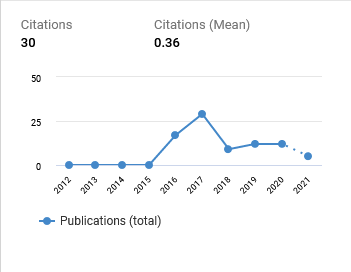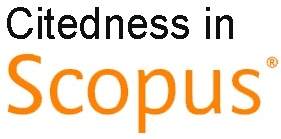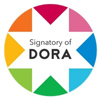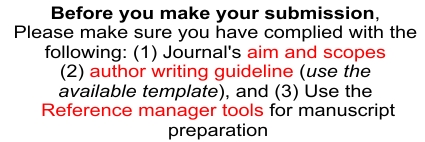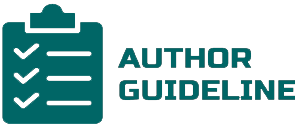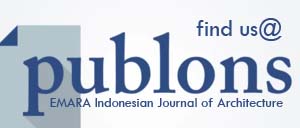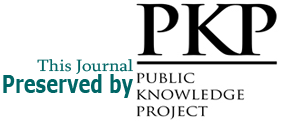Peningkatan Kualitas Permukiman Dengan Pendekatan Disain pada Bantaran Sungai Mergan di Kelurahan Kebonsari, Malang
DOI:
https://doi.org/10.29080/emara.v2i2.27Keywords:
settlement quality, settlement, riverbank, Quality Improvement, design approach, riversideAbstract
The development of housing and settlement was not only intended for physical development but rather must be linked to the social, economic and cultural dimensions that support people's lives in a sustainable way. The settlement must provide environmental facilities for its citizens that accommodate the five basic elements; nature, people, society, places, and networks. The object studied was Kebonsari Village located on the southern border between Malang City and Malang Regency. Kebonsari village has an interesting topography because it is passed by two rivers, namely Mergan River and Sukun River which is located in eastern Kebonsari. However, a number of problems are encountered in Kebonsari urban village, including the unclean condition of Mergan River, poor condition of public facilities supporting settlements, such as arid and unkempt footpaths and lack of common space for residents. This study used a descriptive qualitative method with observational participatory technique.The outline of this study was the design concept of Mergan riverbank arrangement which includes the arrangement of paths and common space for the citizens who can improve the quality of settlements in Kebonsari urban village
Downloads
References
BPS Kota Malang. (2016). Kota Malang Dalam Angka 2016. Malang: Badan Pusat Statistik Kota Malang.
Doxiadis, C. A. (1970). Ekistics, the Science of Human Settlements. Science, 170.
Hayat. (2014). Implementasi Kebijakan Penataan Ruang Terbuka Hijau. Jurnal Ilmu Administrasi Negara, 13(1), 43–56.
Indrosaptono, D. (2003). PENEKANAN DESAIN RIVERFRONT PARK PADA PERANCANGAN PENATAAN BANTARAN KALI BANJIR KANAL BARAT KOTA SEMARANG. Jurnal Jurusan Arsitektur, 1, 20–33.
Kelurahan Kebonsari. (2016a). Kondisi Demografis Kelurahan Kebonsari. Retrieved September 24, 2016, from http://kelkebonsari.malangkota.go.id/penduduk/
Kelurahan Kebonsari. (2016b). Profil Kelurahan Kebonsari. Retrieved September 24, 2016, from http://kelkebonsari.malangkota.go.id/
Salim, H. (2002). Beban pencemaran limbah domestic dan pertanian di DAS Citarum hulu. Jurnal Teknologi Lingkungan, 3(2), 107–111.

Downloads
Published
How to Cite
Issue
Section
Categories
License
Copyright (c) 2016 Oktavi Elok Hapsari, Kusnul Prianto

This work is licensed under a Creative Commons Attribution-ShareAlike 4.0 International License.
- Authors retain copyright and grant the journal right of first publication with the work simultaneously licensed under a Creative Commons Attribution ShareAlike License that allows others to share the work with an acknowledgment of the work's authorship and initial publication in this journal.
- Authors are able to enter into separate, additional contractual arrangements for the non-exclusive distribution of the journal's published version of the work (e.g., post it to an institutional repository or publish it in a book), with an acknowledgment of its initial publication in this journal.
- Authors are permitted and encouraged to post their work online (e.g., in institutional repositories, pre-print sites, or on their website) prior to and during the submission process, as it can lead to productive exchanges, as well as earlier and greater dissemination of published work.





